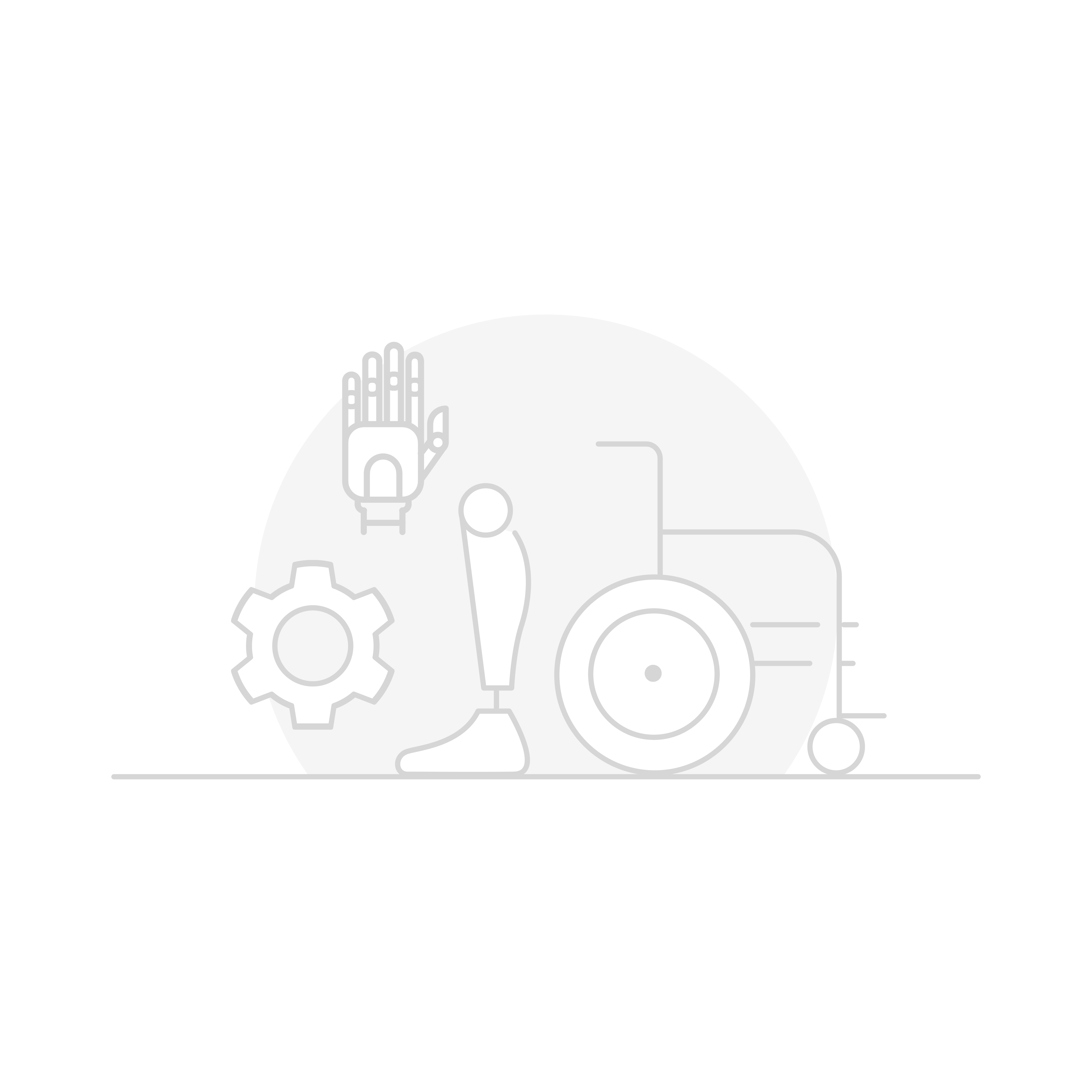Even after a forearm amputation or with a congenital malformation, a mental image of the hand usually remains mapped in the brain. Amputees can still imagine closing, opening or rotating their hand. This activates the remaining muscles in the residual limb.These muscle signals are transformed into myoelectric signals using electrodes on the forearm and translated directly into a movement of the prosthetic hand. Myo Plus learns to interpret the user’s individual movement patterns, assigning each to a specific prosthesis movement. These patterns can be adapted with the Myo Plus app.This intuitive control enables users to fully utilise the potential of their highly complex, multi-articulating prosthetic hands. Myo Plus pattern recognition is optimised for the bebionic hand and the MyoBock system.
Even after a forearm amputation or with a congenital malformation, a mental image of the hand usually remains mapped in the brain. Amputees can still imagine closing, opening or rotating their hand. This activates the remaining muscles in the residual limb.These muscle signals are transformed into myoelectric signals using electrodes on the forearm and translated directly into a movement of the prosthetic hand. Myo Plus learns to interpret the user’s individual movement patterns, assigning each to a specific prosthesis movement. These patterns can be adapted with the Myo Plus app.This intuitive control enables users to fully utilise the potential of their highly complex, multi-articulating prosthetic hands. Myo Plus pattern recognition is optimised for the bebionic hand and the MyoBock system.

